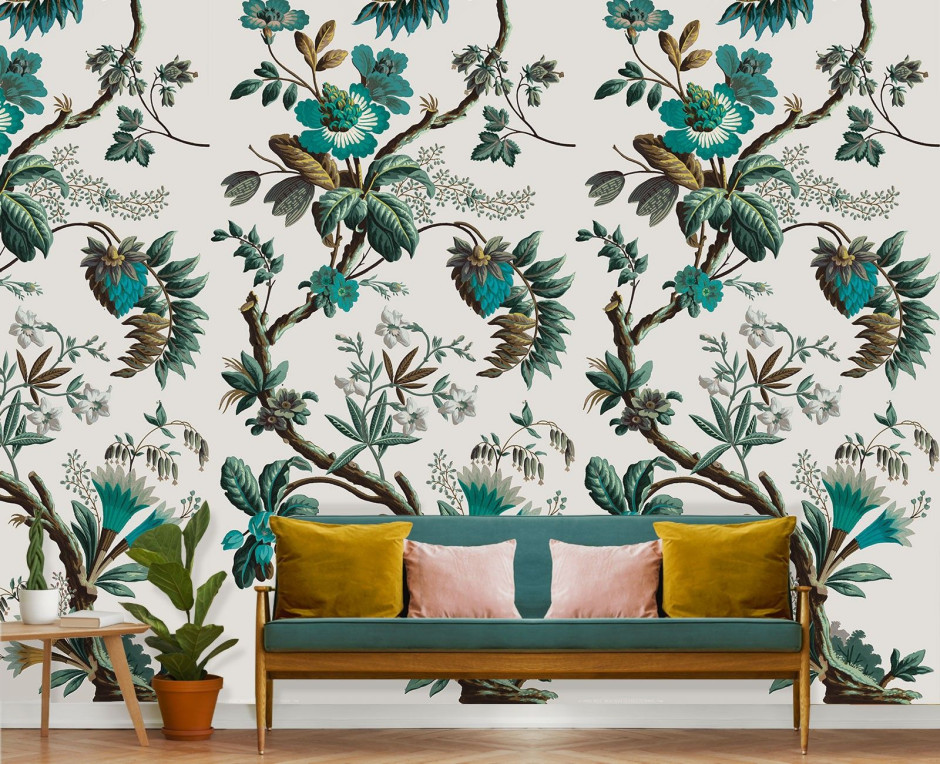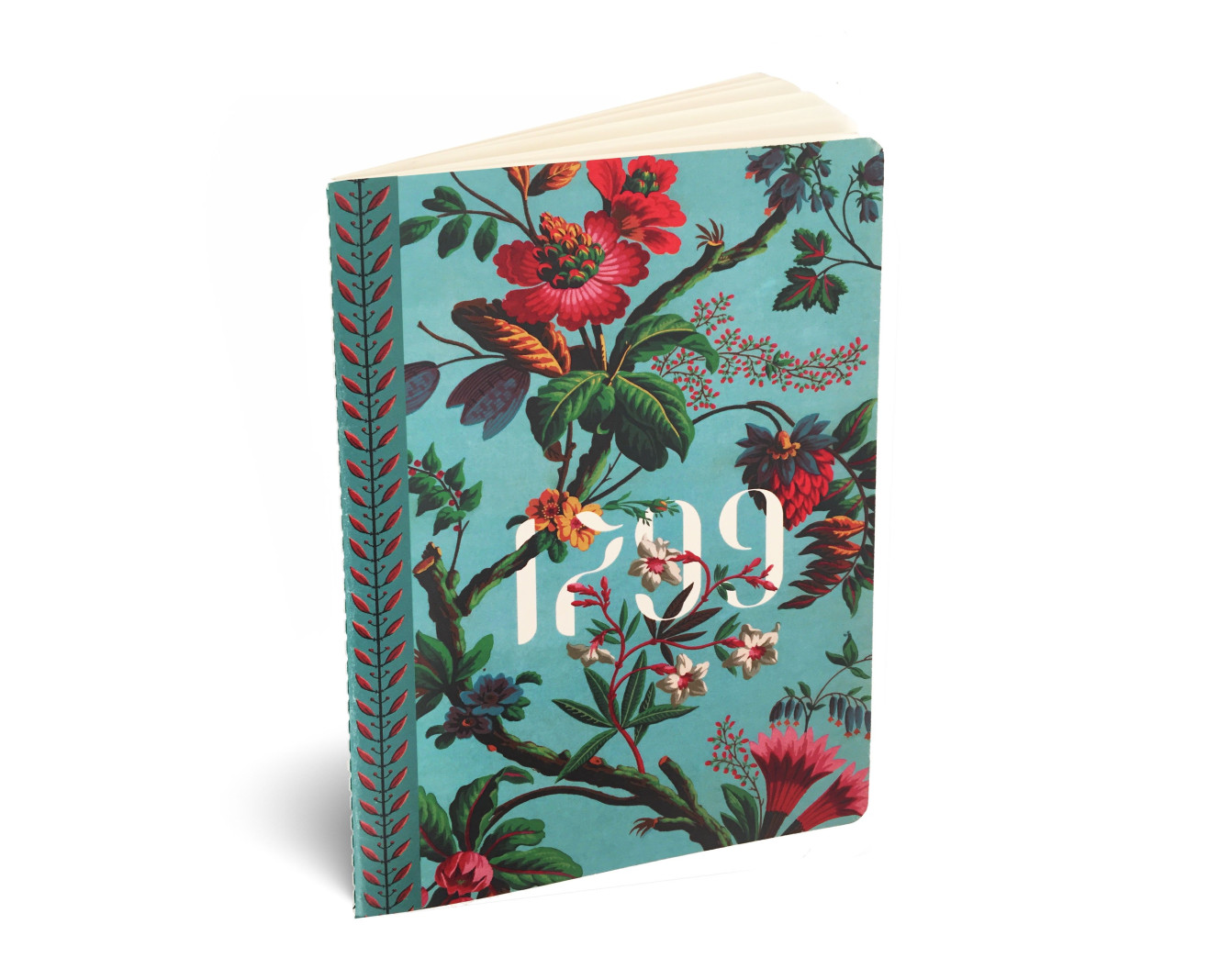No products
- LA PREMIUM finish ideal for walls, kitchen and bathroom
- L’EXTRA finish ideal for woodwork
You still have to place an order for additional boards
(boards are only sold by 3)
Wallpaper Fancy flowers cyan . 1799
Manufacturer Jacquemart & Bénard
115,00 €
This decorative wallpaper was created in 1799 by the Jacquemart & Bénard manufacture. The original model (also presented in our collection) displays exotic multicolored flowers, whose colors, in this version, have been changed into cyan blue, emerald green, and mustard yellow. It was originally printed in more than 20 colors, using engraved woodblocks, on paper rolls bound together, whose background was previously hand brushed.
To revitalize this beautiful wallpaper from the late 18th century, our workshop carried out a meticulous digital restoration.
Collection of la Bibliothèque Nationale de France
Colors
MORE INFORMATION ABOUT LEAD TIMES, click here
Active from 1791 to 1809, the Parisian manufacturer Jacquemart & Bénard succeeded the Réveillon manufacturer, which was destroyed by the revolutionaries in April 1789. From then until 1809, the Jacquemart & Bénard manufacturer became famous throughout Europe. A very creative manufacturer, it produced more than a hundred new models of wallpaper every year. It was especially skilled at printing plant-like patterns on wallpaper, as well as light and diaphanous fabrics following the fashion launched by Queen Marie-Antoinette (embroideries, trimmings, ribbons, lace, festoons of precious stones, pleats, draperies, texture effects…). Jacquemart & Bénard took part not only in the decoration of public buildings, but was also involved in official ceremonies. For instance, it was commissioned by the Convention Government to decorate the Palais des Tuileries.
1799
In the 18th and 19th centuries, Western countries were fascinated by Far East countries. Spread by trade companies, the oriental imagery and decoration codes influenced European tastes. Wallpapers from China and India, in particular, enjoyed great success. Thus, the Paris manufactures progressively took these new tastes into account. Distancing themselves from the original models, they created their own patterns, giving birth to a style called “Chinoiseries”. In several branches of the decorative arts, decorators and designers became very skilled in the use of this style, often defined with symbols like pagodas, vases or exotic flowers.
On the original model (as can be seen on the round photo), cows and sheep are peacefully gathered at the bottom of a tree. In the 18th century, paintings from this genre were highly fashionable, and there was an increasing representation of rural scenes and everyday life on wallpapers and decorative arts in general. Nevertheless, we have decided to remove the charming little flock to give this artwork a more contemporary character.
Our wallpapers are hung in 3 stages: the preparation of the wall, its pasting, and the hanging. The strips are hung edge to edge and from left to right in the order indicated on the assembly plan supplied with the rolls. To find out more, consult our Hanging instructions page.
Non-woven wallpaper 147g/ square meter
Matching edge to edge
Manufacturing time: 20 business days
Made in France
Standard size: 2 rolls of 60 x 250/350 cm
Owing to the manufacturing process, there could be small variations in colors from one production batch to the next. If possible, avoid buying different parts of the same design several weeks apart.
















